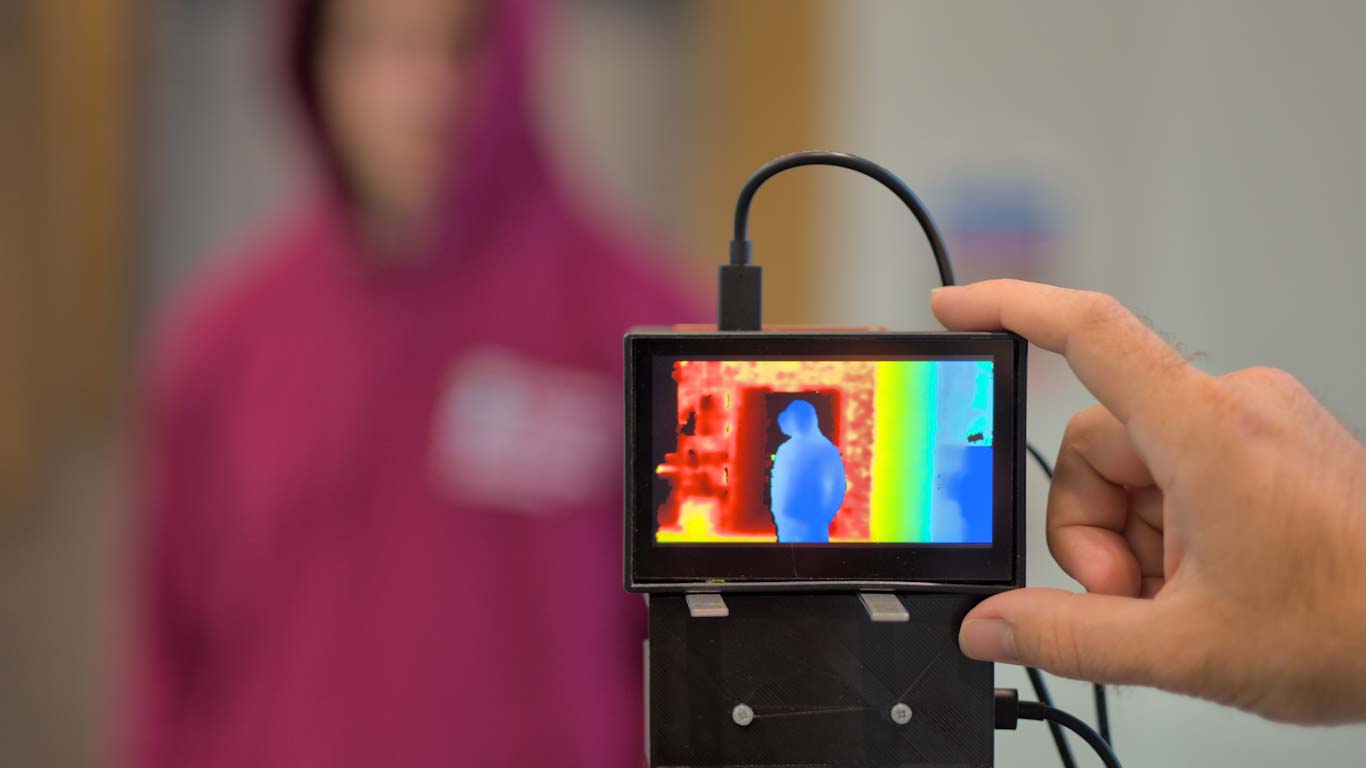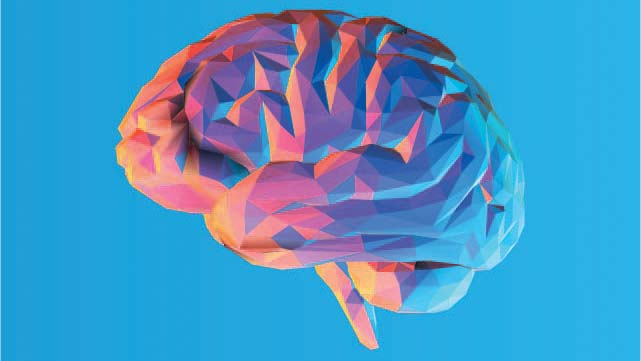Our technologies
The technologies we will exploit are based on both atomic states and entangled photons to create quantum devices that sense and image otherwise invisible optical wavelengths, radio-frequencies, magnetic and gravitational fields, and exploit precision time.
Our approach revolves around co-creating research with end-users, fostering collaborations between academics and industry players throughout the supply chain, and rigorously testing and refining our innovations through field trials in partnership with our collaborating companies, pursuing new approaches.

Underground gravity sensing
The underground space is home to our utilities and building foundations and is also responsible for hazards such as sinkholes or subsidence. As the subsurface is invisible, inspections and maintenance can often be challenging, sometimes leading to substandard interventions and delays.

Quantum microscopy
Optical microscopy is largely restricted to visible wavelengths using silicon based cameras to record the image. However, many diagnostic opportunities exist at other wavelengths too, where camera technologies are of lower performance and significantly higher cost.

Remote gas imaging
Optical spectroscopy is a reliable method for chemical detection. However, significant challenges arise when attempting to detect mid-infrared (IR) optical signatures, due to the considerable cost and reduced sensitivity of cameras/detectors in this spectral range compared to their counterparts designed for the visible region.

Quantum-enabled radar
In the near future, there is likely to be substantial air traffic in dense areas such as around airports and urban cities. Clear routes and real-time, resilient and highly accurate monitoring systems will be needed to ensure precise situational awareness.

Non-destructive testing
Imaging things that are obscured or hidden is a multi-modal problem, where each waveband and modality offers distinct, albeit incomplete, information often resulting in a trade-off between resolution, penetration depth or sensitivity.

Brain health
Fully understanding how the human brain works, and what functions differently in disease, remains a mystery to neuroscientists and clinicians alike, and considerable research is needed on this most complex part of the body.

